Katarina Šoškić
Katarina Šoškić is an artist, researcher and photographer based in Vienna and Belgrade. She graduated from the University of Applied Arts in Vienna as a graphic designer. Katarina is also a PhD candidate in Artistic Research and works as a photographer.
Hi Katarina, thank you for taking the time to talk to us. You started doing photography while you were studying graphic design in Vienna, and you never ended up working as a graphic designer. How did you know that your languages of expression are photography and video, and not graphic design?
As a young student of graphic design, both in Belgrade and Vienna, I was not comfortable with the advertising aspect of graphic design. I never felt comfortable with being involved in shaping and transmitting ideas that I could not stand for personally. No matter how alternative the approach, it seems to me it always wants to sell something. Then, in 2012, I did an internship at Mousse Publishing in Milano - a studio which I believed was close to my understanding of what graphic design can be, and still, I didn't find peace in sitting in an office or a studio. Further, it speaks to this notion of choosing between the illusion of freedom, and the illusion of security. As a freelance photographer, I certainly contribute to this 'selling' aspect that I naively hoped is possible to skip, but I enjoy spontaneity and constant move which it allows. After all, I love designing printed materials for friends and projects I find exciting, and being trained in this discipline certainly informs the ways I work as a photographer and with photography.
What was important for your early development as an artist and what made an impact on your early works?
I remember the excitement in my late teens and early twenties, of discovering things for the first time, without any previous knowledge. Like DIY culture of fanzines and street art, or Cézanne, or Cindy Sherman, or Marina and Ulay performances, or Rachel Whiteread, or Antonioni... The first time I got aware of music myself and got curious about what it was, and wanted to get the album was Portishead first album Dummy. The first topic to get excited to read about was the abolish of work... I am happy I caught a bit of the nineties spirit, real raves, Dazed and Confused and i-D in print... Then I think, there was this different internet than the one we know today, Flickr, Tumblr and Myspace were all feeling like communities, were less mean and didn't count on vanity…
You are using photography and video as a tool to do your research and to explore the subject you are working on. Can you tell us more about this process, how does photography help you in your research?
Photography helps me track some other processes. I use it as a record of thoughts and impressions of phenomena that I approach in my work. Photographs are not meant to stand alone and are not meant to be interpreted precisely. I question this monumental value of photography, and use it in rather provisional and exchangeable manner, as notes, and triggers of thoughts, question marks…
What is your experience in the Artistic Research PhD Programme and how does a PhD in Art supports you as an artist?
I never identified as an artist, not because I am not, but because I think it takes a little more effort to position oneself within the art contexts and navigate the markets than to simply create art. I would claim that one who refuses to deal with this complexity of positioning and navigating these fields is not taking the full responsibility of being an artist nowadays. If I want to be less rigid, I could reframe my claim into a question: is doing something artistic, using artistic tools and having artistic practice, sufficient to call oneself an artist? Do we expect an artist to be more political or politically aware? Or, does it not matter at all?
I was very enthusiastic when I applied for and got accepted in the Artistic Research Phd Programme, as it felt that what I always did artistically, and had troubles naming as art, had its name actually. I was always curious about how something is done, while it is being done, and this path parallel to the creation itself, this observing aspect, a record of processes that precede the work, that are the work, excite me a lot. In my work I usually dealt with social phenomena and used photography and written word to approach it and report about my findings. My work is never concerned with presentation and finality, so this question of documenting processes of work as work itself got time and space to be addressed, within this program, using facilities of the institution and the atmosphere of exchange that my peer group offered. This I enjoyed a lot.
Now, the artistic research within academic context is a debatable topic. There are as many definitions of what it is and what it could be, as there are artists/researchers operating within, and to have this discussion open I believe is a driving force of the field. Its promise to question existing formats and means of art and knowledge production I took seriously but got somewhat disappointed when realising that academia is as bureaucratic as any other institutional setting...
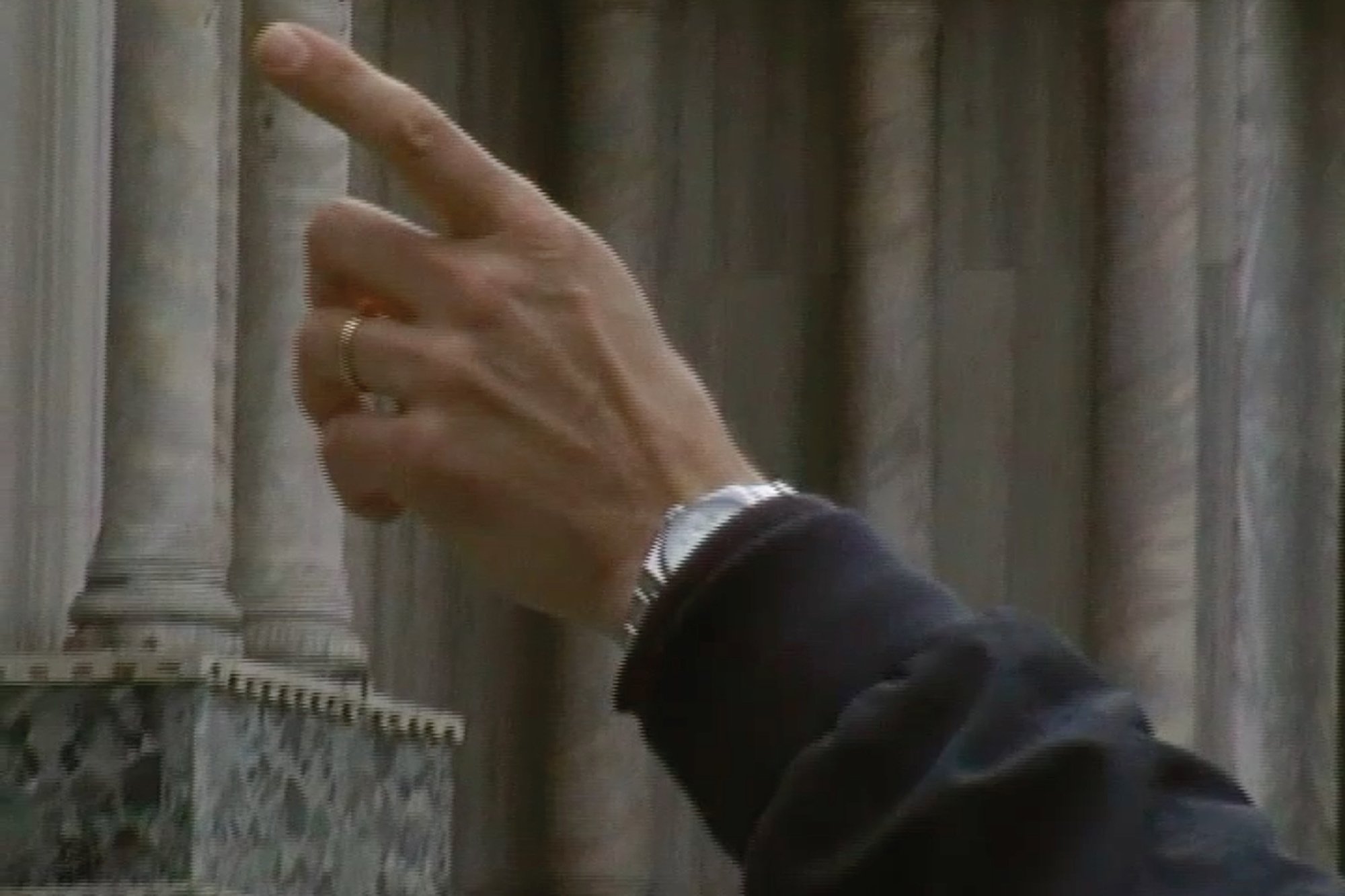
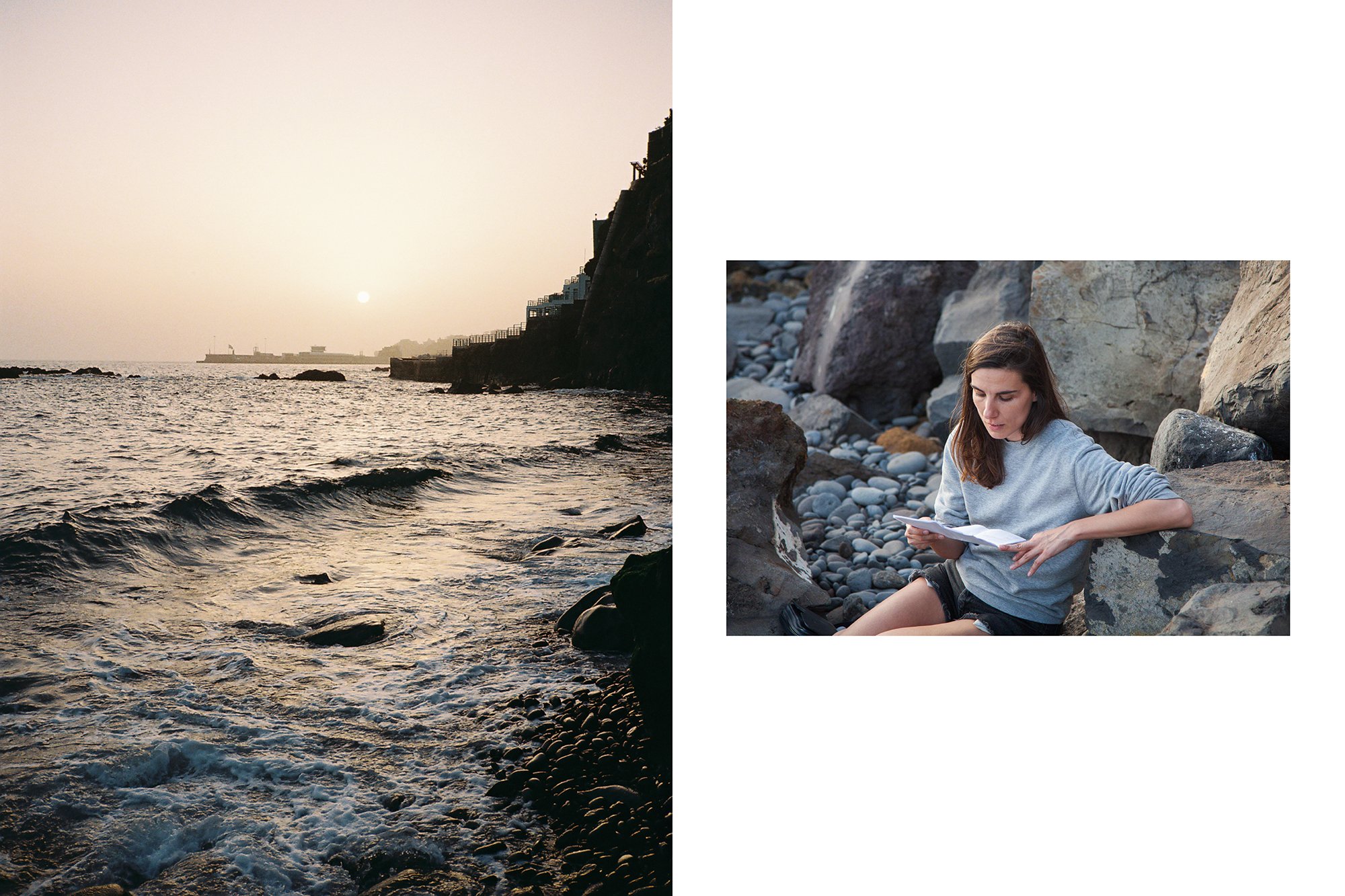
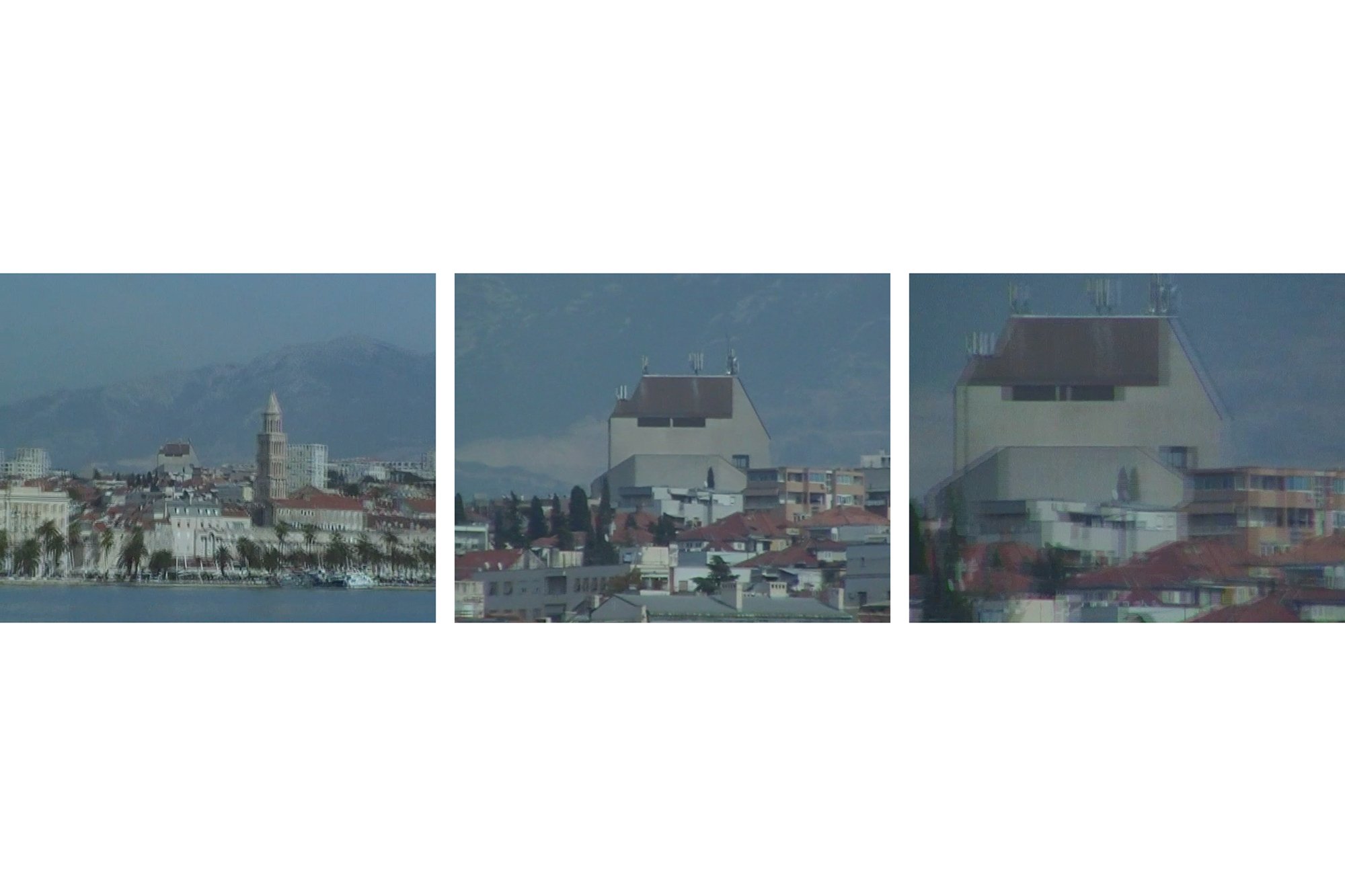
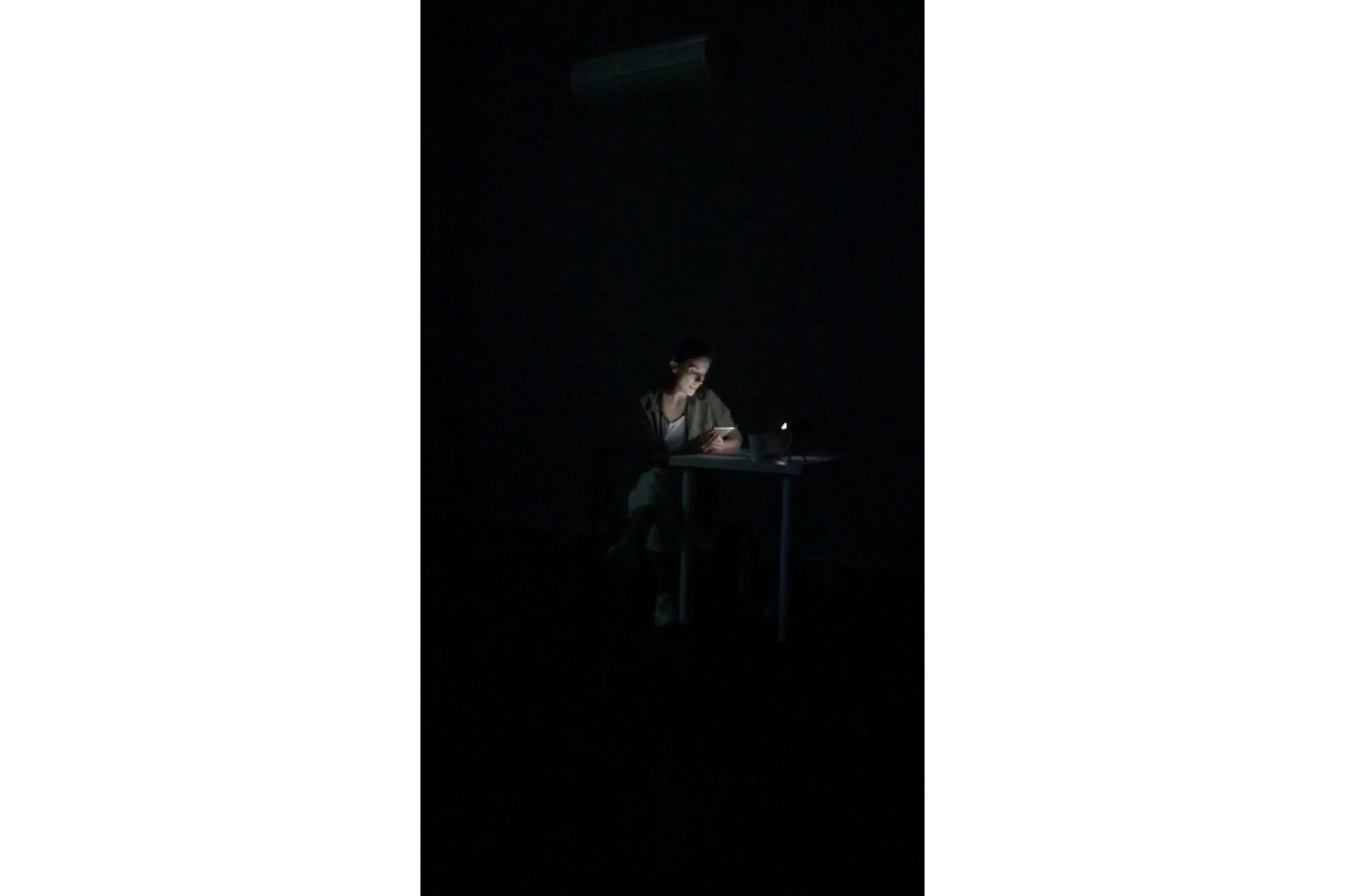
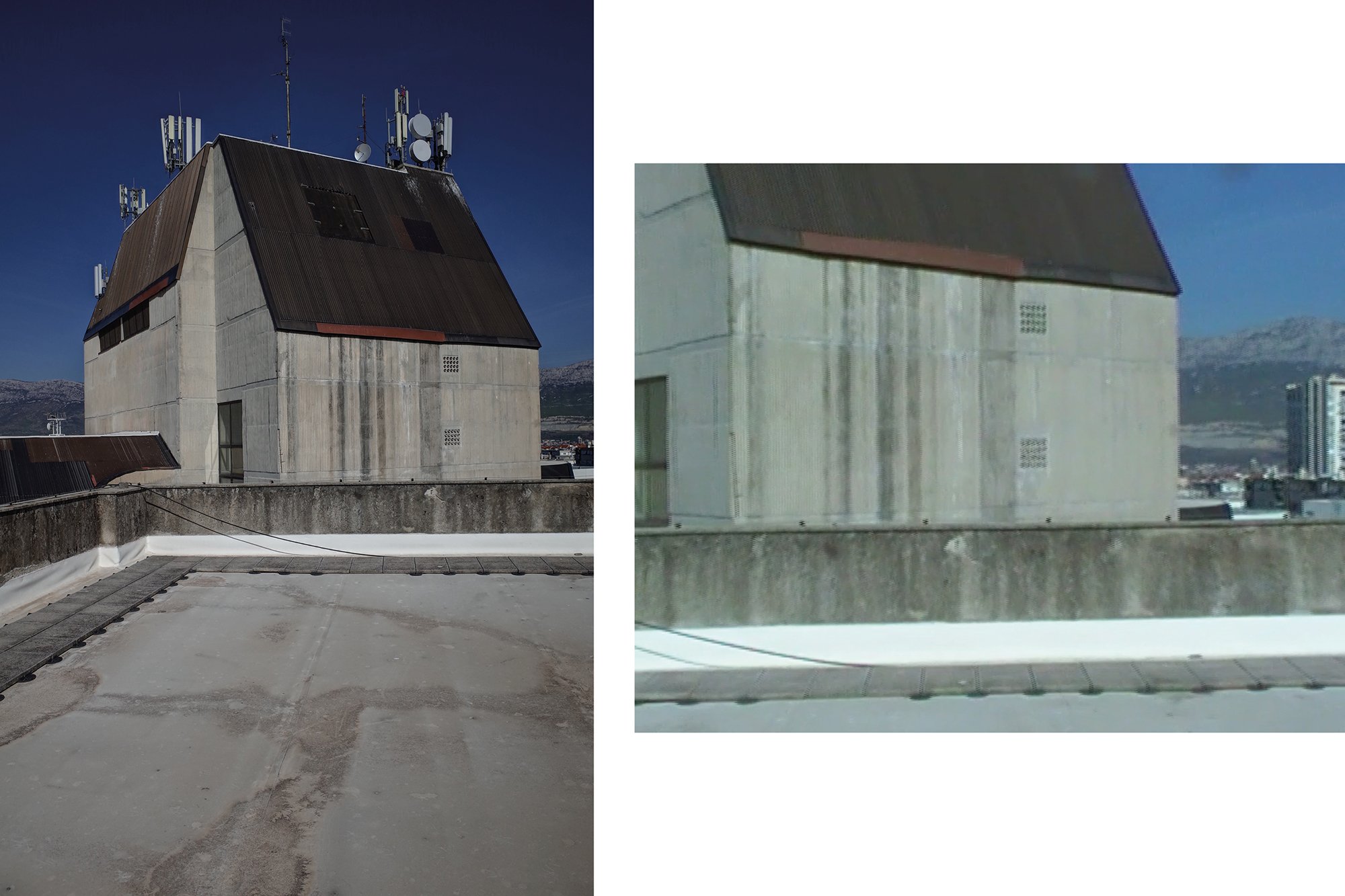
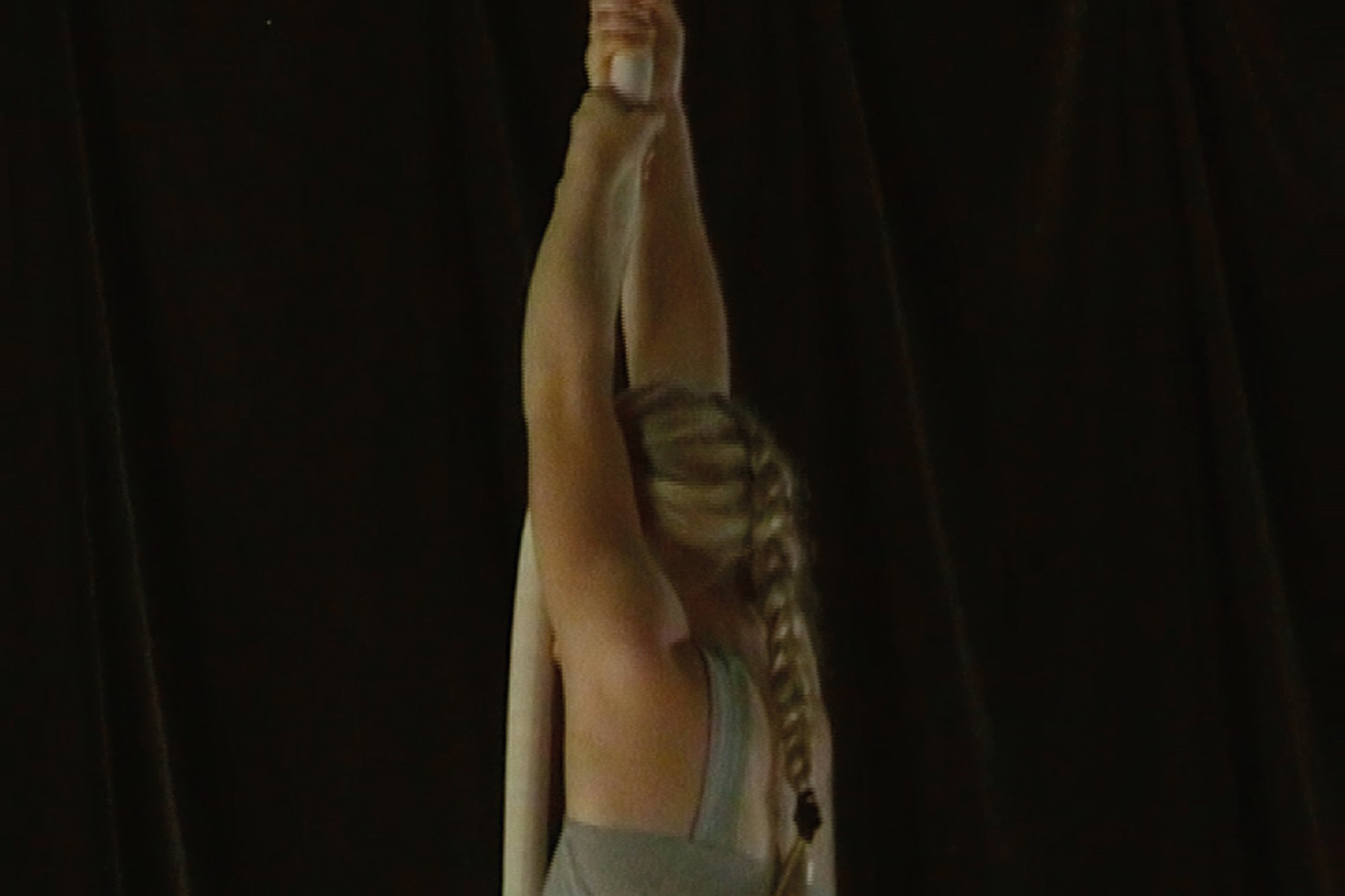

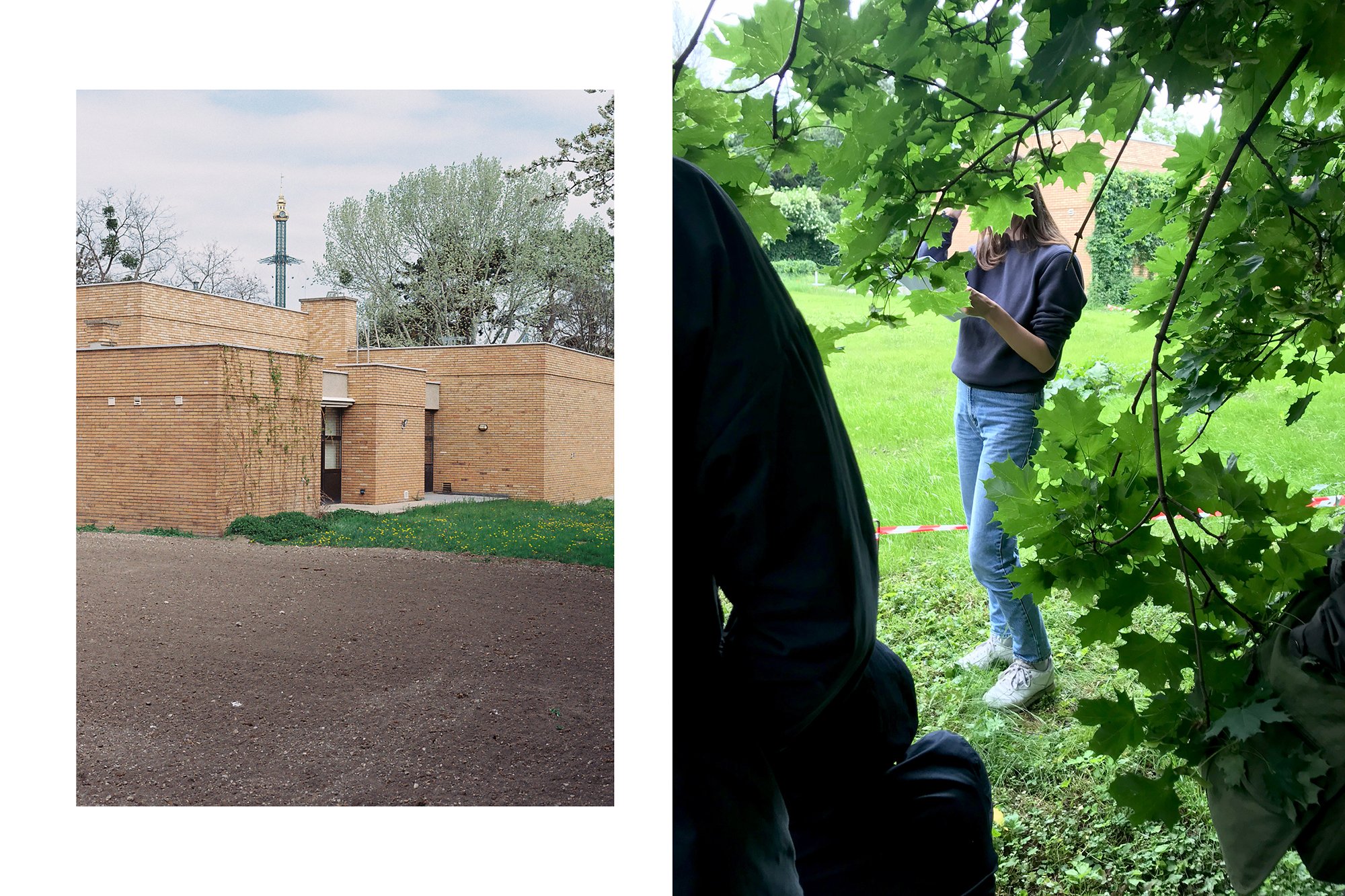
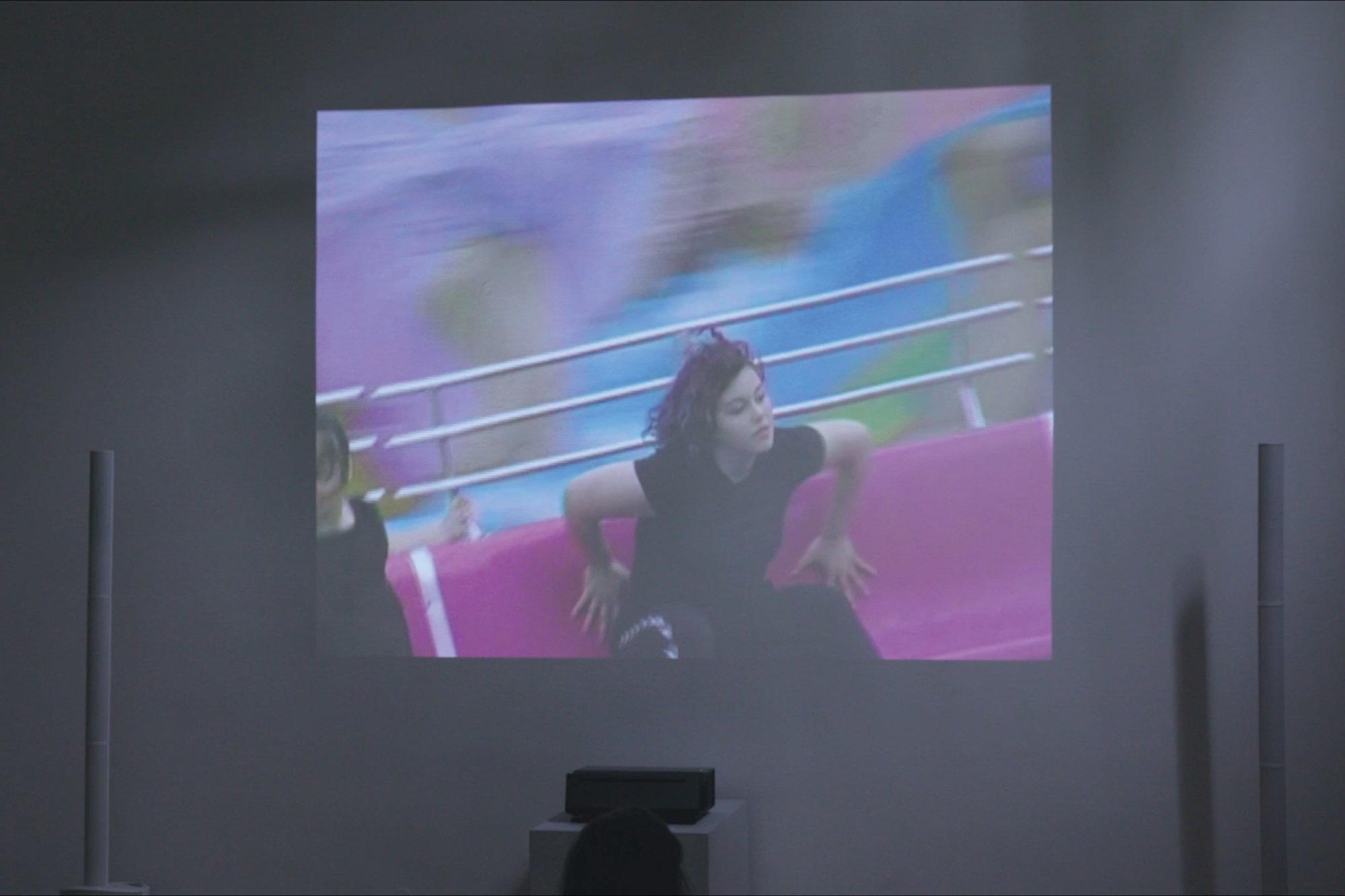
It is neither art nor science, and instead of claiming the advantages and capacities of this unnamable territory in between there is some inferior complex in place, where artistic research always has to justify itself. The name Artistic Research PhD easily slips into Phd in Art, and there is this whole silliness of imagining how on earth an artwork could be judged and measured, by whom, and why...
For me, it was an interesting excursion, which helped me position myself towards both - the art world and the academia, and it certainly helped me get closer to understanding of my own practice within and without these two.
Besides photography and video, words and narratives are an equally important part of your research. You came up with the invention of yours named audio – photobook. What does your audio - photobook represent?
As a photographer, who dealt with socially relevant topics, and also as a trained graphic designer, it was a very logical way for me to shape results of my work in so-called photobooks. Still, there, the textual parts, the words, the written stories, that were equally important segments of these publications got lost somehow in the process of commodification and fetishising of an object, the photo-book and the photographic image alone. A few times when I took part in photo fairs with my books, as well as in photo exhibitions where my pictures would be hanged on the walls, I felt a strong alienation from my own work. It felt as if the main aspects of it - the real lived experience which I am reporting about and the written word, which is part of these reports, were gone, and that the aspect which I am the least sure about – the photographic image, has prevailed. This claustrophobia, that I felt within photography, and its typical ways of presentation, I try to overcome in my research. The audio-photobook is a term I coined as a reference to this problem and and a model for finding possible solutions.
When I think of research, I tend to idealize a researcher as someone, who explores the unknown world and knows untold truths that most people are not familiar with. In doing so, I romanticize the whole explorer habitus and forget all the work that goes into research. How do you prepare for the (artistic) research and how is your in-the-field experience?
It starts with a question. I give myself a little task. Something that I don't know and would like to learn. In my work I do deal with topics of memory, family, traveling, tourism, etc. I could borrow tools from social sciences or humanities to approach those, but as an artist I am permitted to invent my own methodology... When thinking of what knowledge is, or what does it mean to learn or know something, I deliberately engage with terms such as 'amateur', 'dilettante', 'hobbyist'. I approach those fields that are not of my expertise and look at them with naive eyes of an outsider. These findings are, on the other hand, samples I use to understand my own practice in which I operate as an expert, as a professional photographer, artist, artist-researcher, writer... So, there are two fields, two avenues of research, and two types of knowledge, at least. And there is me, who circles around the subjects, and describes what she sees, from different angles...
I go there to see what happens. That is what I do. I - go - there - to see - what happens. Simple present tense. It happens. Something happens. And I go there, not only to see it but to watch it happen.
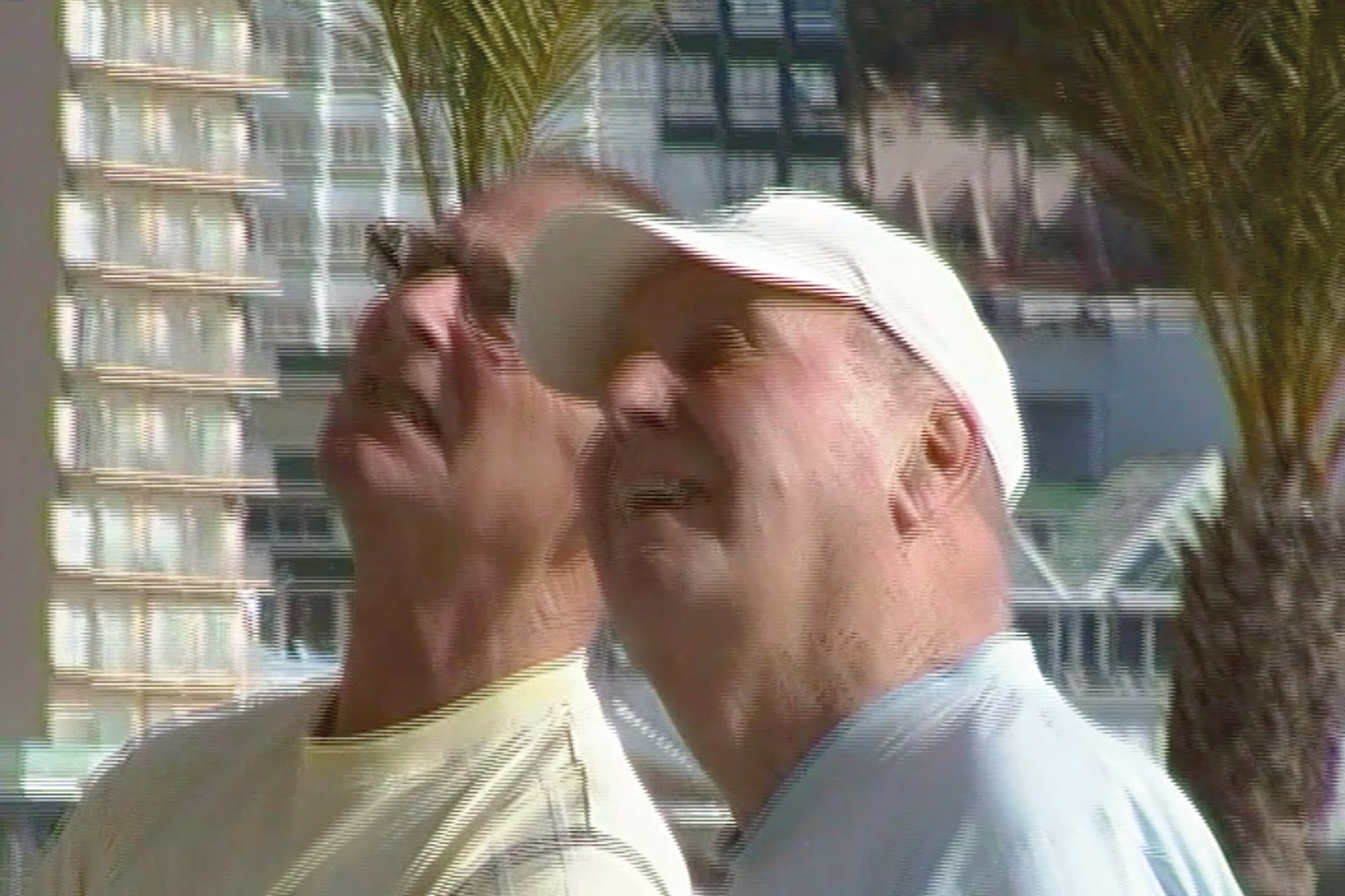
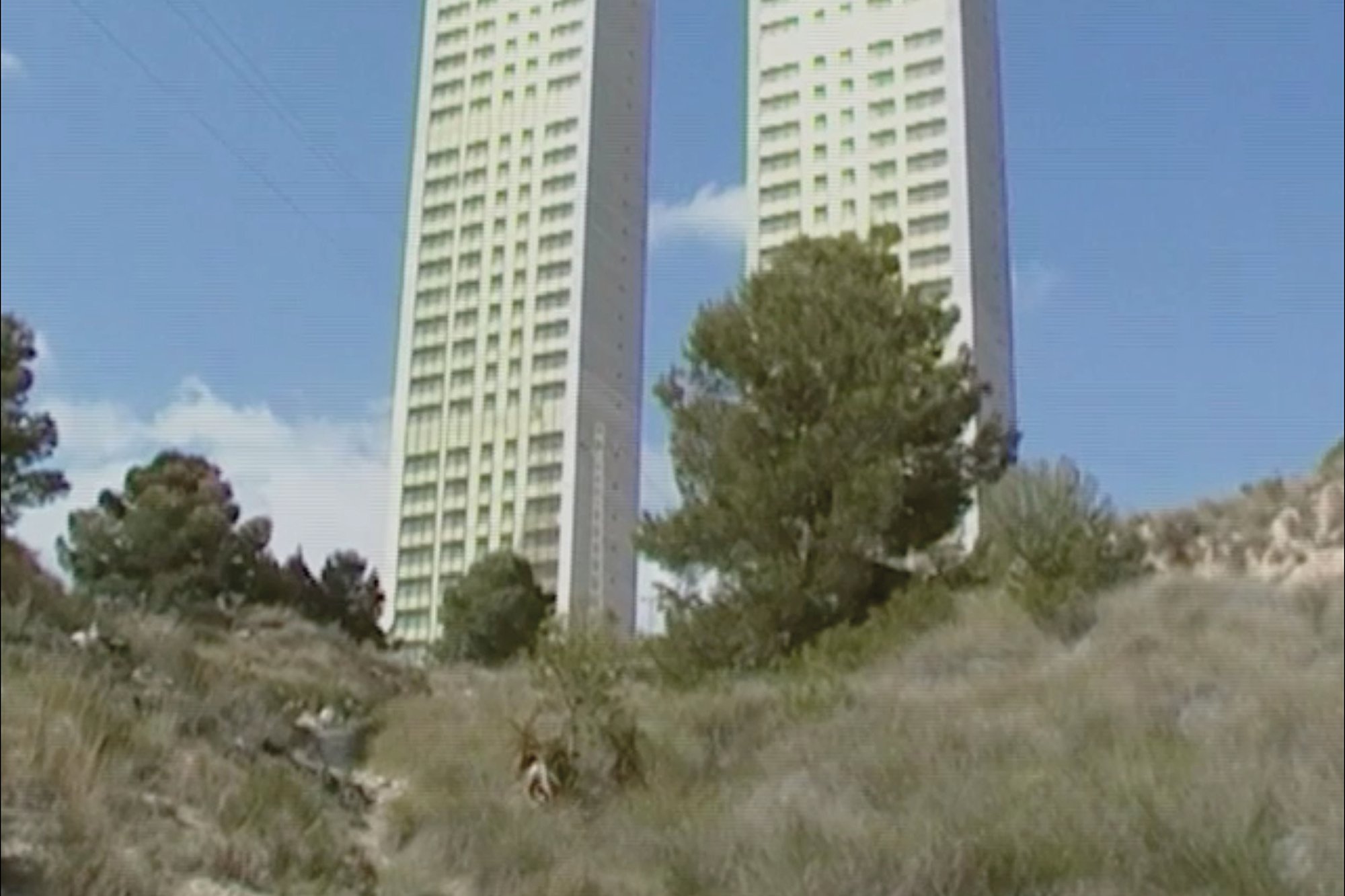
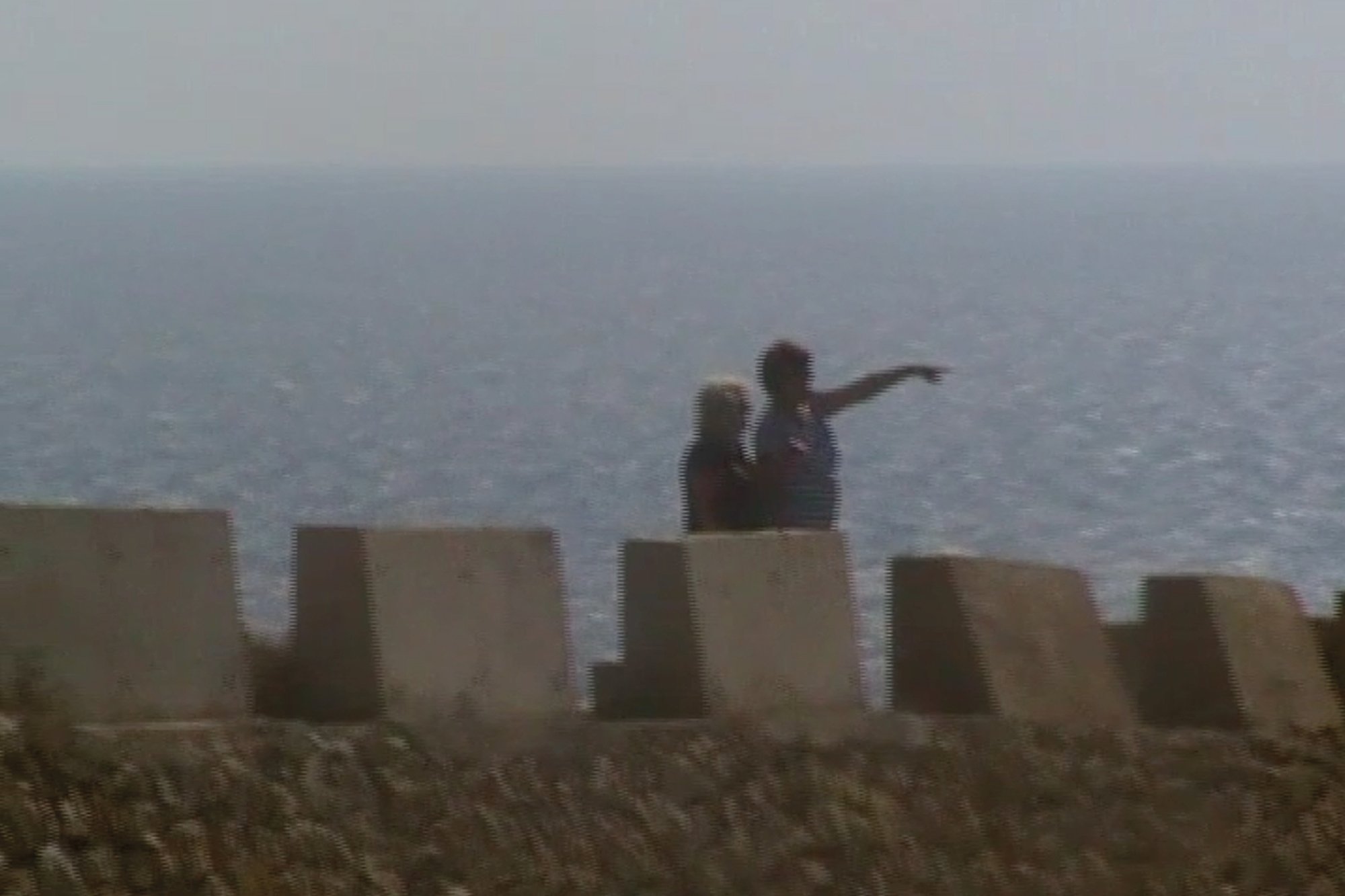
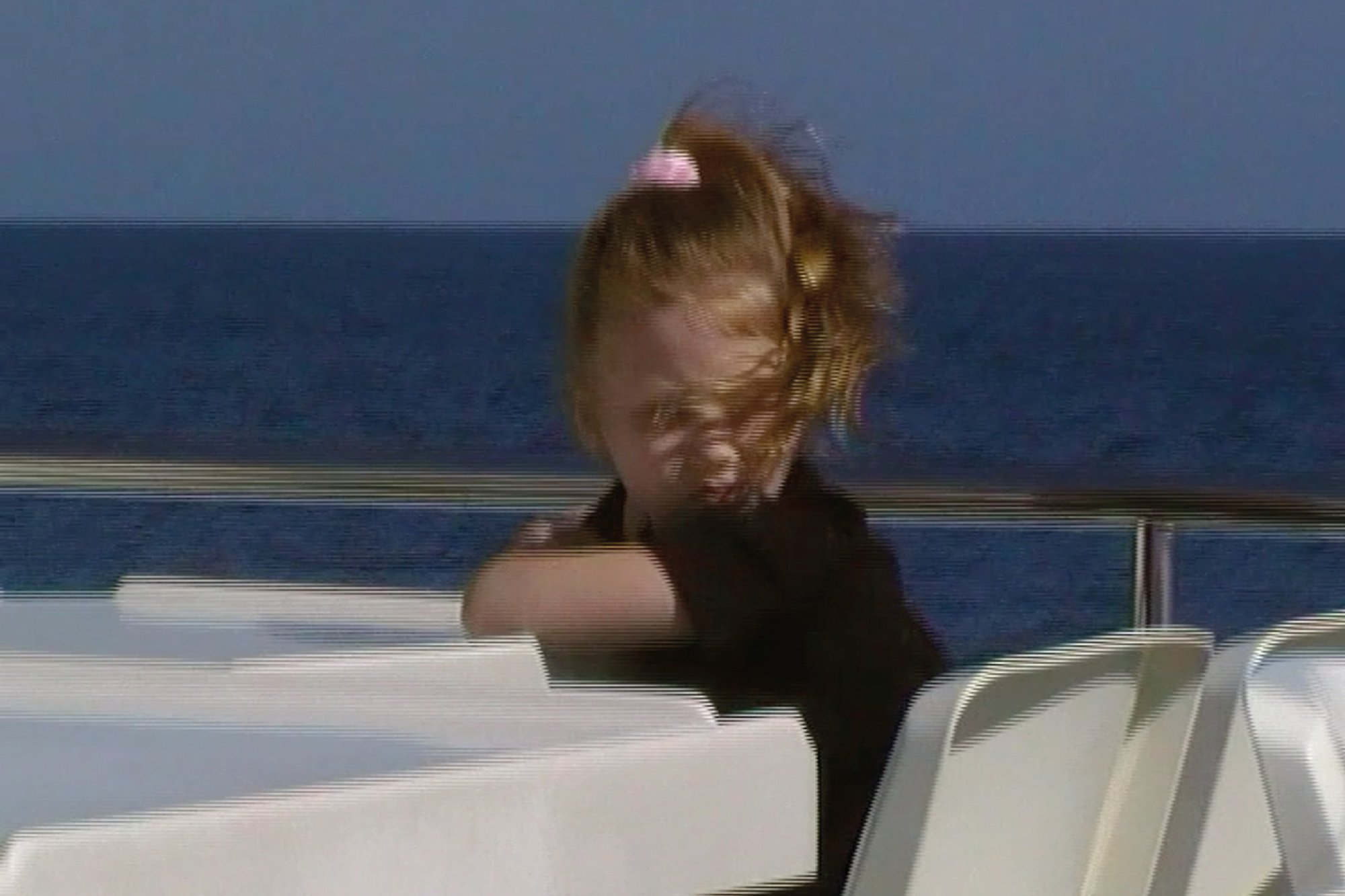
What is happening after the research is done? How do you know your research is completed and how do you sort out the material you collected?
I don't know. I don't think it is ever done. You move from not knowing to knowing and then not-knowing again. Then you need to freeze these few moments of certainty, that are short, and to capture what is there. The choice of the right way of presenting it, of what is known which was not known before, can be a topic on its own and can certainly relate to the whole wider topic of research. In my case it is so exciting to reflect and translate exactly this fluidity of a process into something that we can call 'final' for a moment.
In one of your available works online Tourist Agency, one sentence stayed with me for quite some time: The worker is a tourist, the worker is a tourist attraction. I was suddenly very aware of this fluctuation of roles we all carry and change in different contexts. How did this sentence come to life and what did you find out during this project?
I mentioned before that I could borrow tools from humanities or sciences to approach my subjects, and even though I rather choose not to, I certainly have read what is being written on tourism from the sociological or the anthropological point of view. There is a phenomenon that prof. Dean MacCannell describes in his canonic book on tourism “The Tourist”, which he calls 'a work display'. People, tourists, travel to distant places to take rest of their own work, where the work of others is being displayed to them as a part of their leisure time. There are organised tours to factories, or cooking-shows in hotels and restaurants, and after all, you might see tourists finding it on their own, just like that, in streets... I traveled to Benidorm to put on test my theoretical knowledge and search how it manifests in real, and this part of my research is translated in the video you mention.
You mentioned on your website that you are based in Vienna, but you have very strong connections to Belgrade. How do you nurture this connection and does this duality influence your work, and if so, how?
Since May, I have been in Belgrade, but I still maintain a strong connection to Vienna.
The two cities are very close, but no matter the distance, for me, it was never an easy one to overcome. I felt stretched between two places, two languages, two histories...
The situation in last three years has inspired my latest decision to move back home. It makes me feel more alive, I am aware of my surroundings in different, more profound manner, I do care differently, and I do so much enjoy my mother tongue.
For a while, it felt too off to live in a foreign language. As if it had nothing to do with me.
I am very curious to see how my work will feel and look and sound, in Serbian, and from home.
For December, I am preparing an exhibition with the curator Mia Ćuk who is a program director at Artget in Belgrade, and I assume that exhibition will deal with duality too.
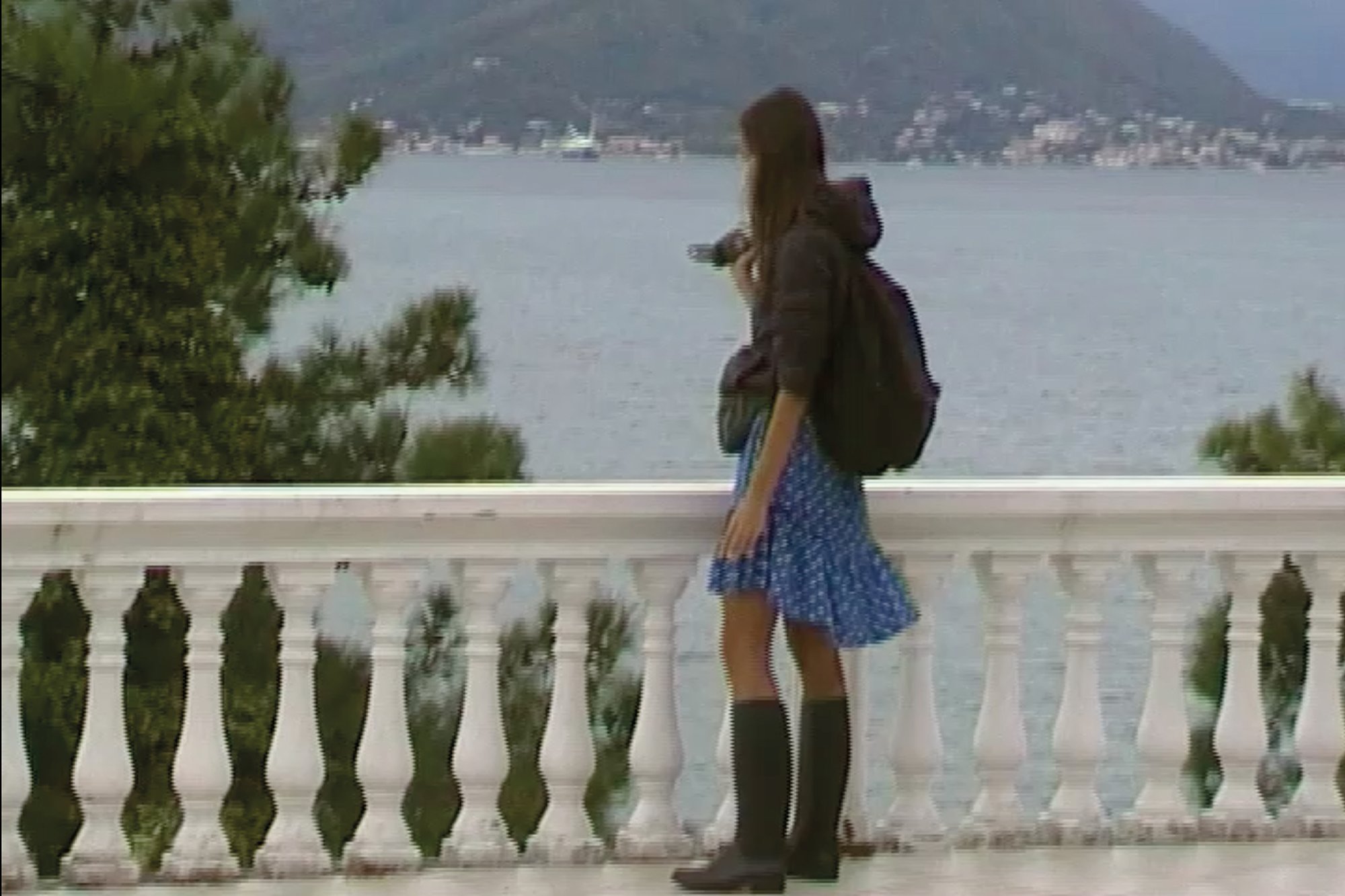
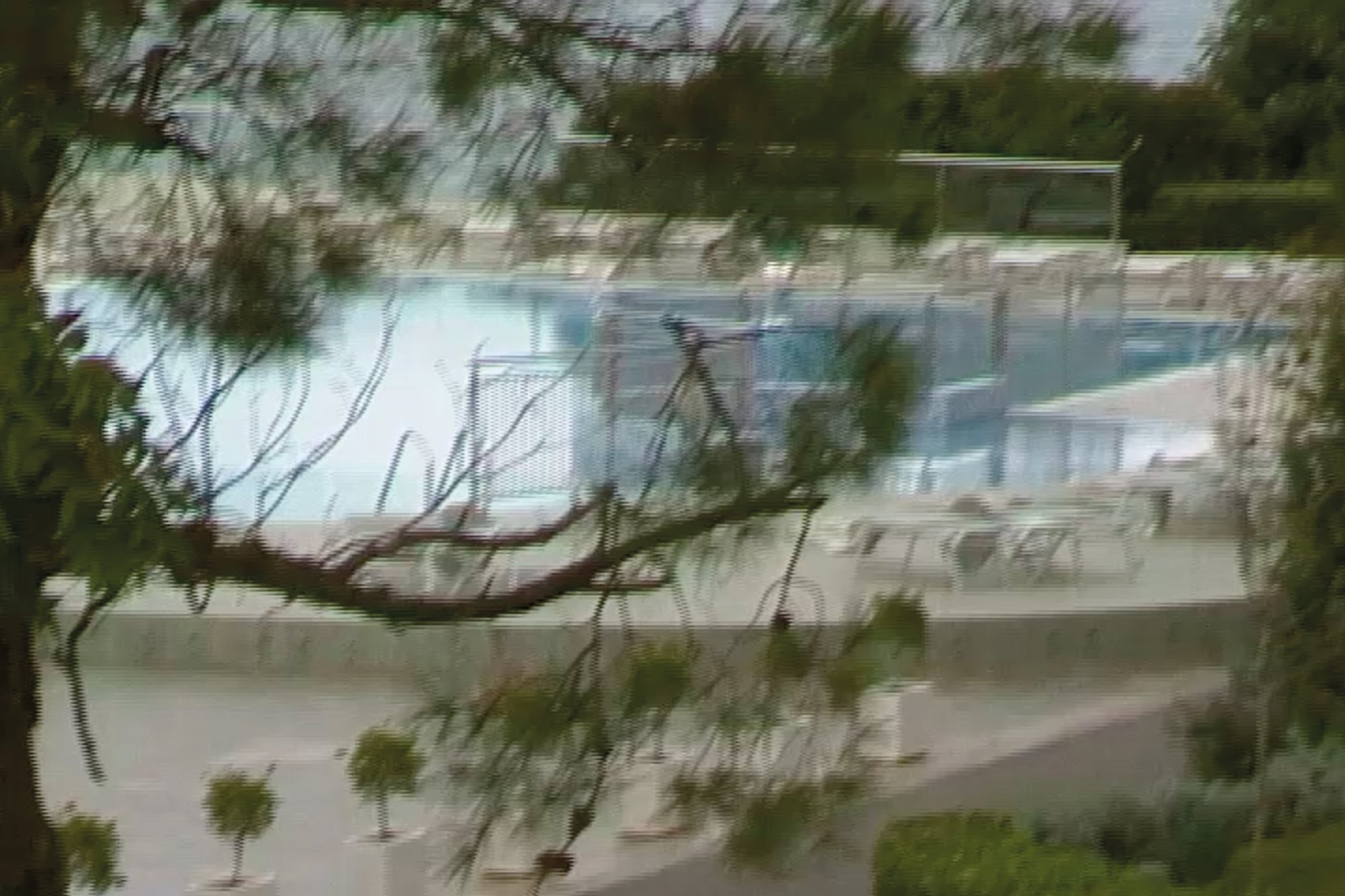
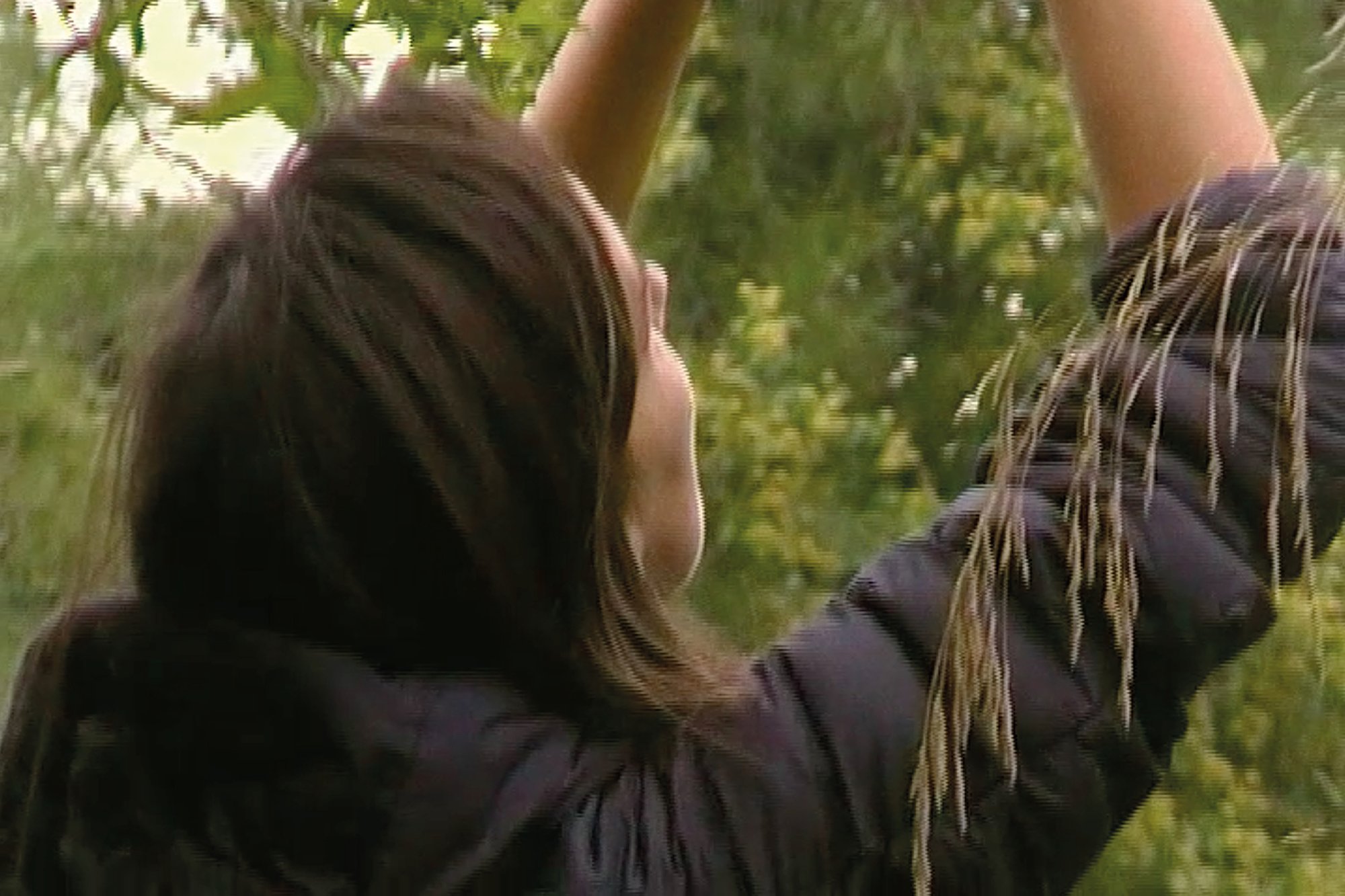

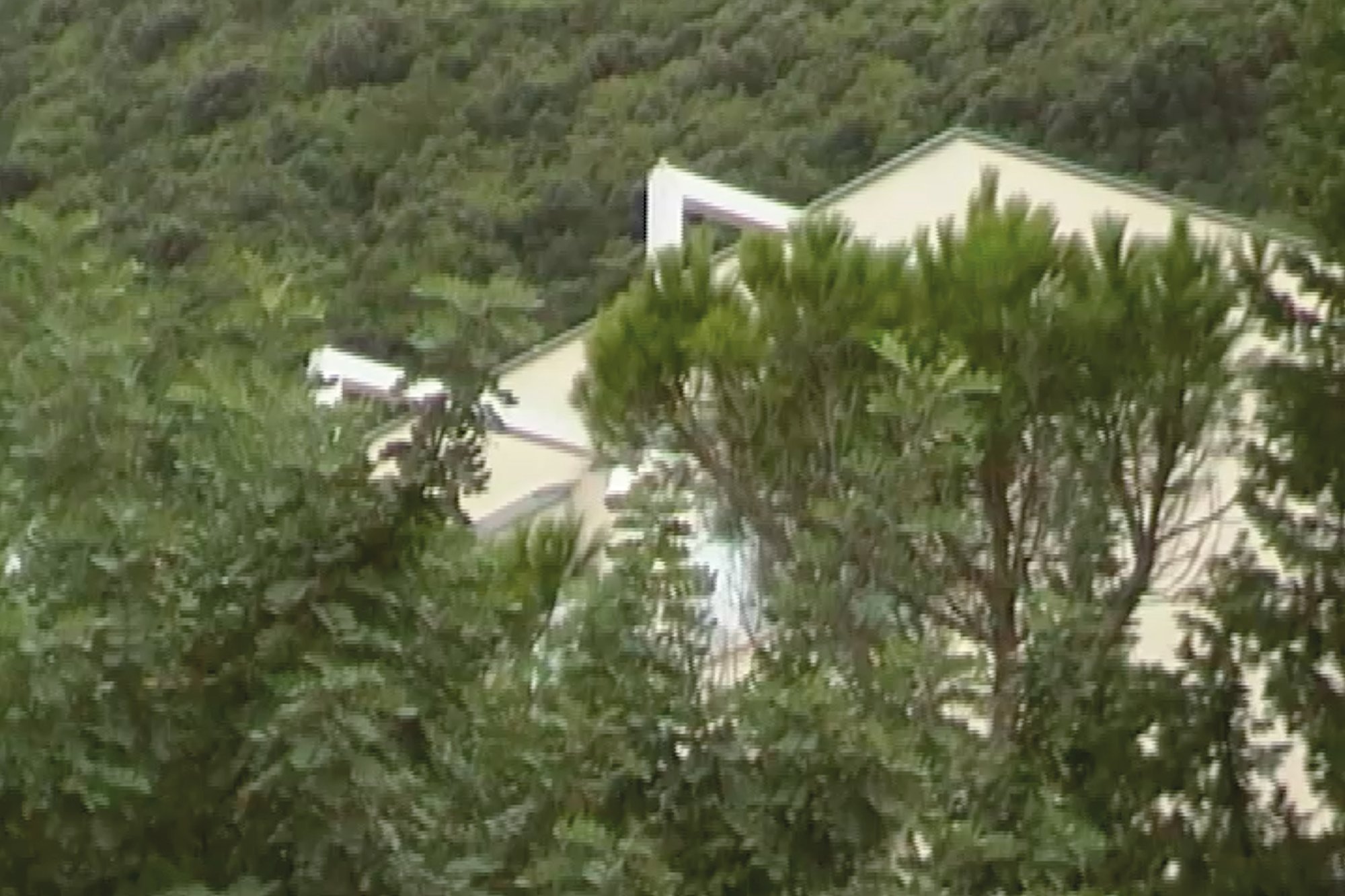
As a photographer, you do commissions. How do you manage these two aspects of photography: photography as a tool for your research and photography as a tool for a commercial work? Do these two usages of photography complement each other or do they create a conflict?
When I was younger, I felt certain dose of embarrassment for having to operate in these two seemingly unrelated areas. As if one was more profound and sublime and the other one more banal and simpler... But I learned, by being exposed to both worlds and through professional experiences, that both worlds can be profound and banal at the same time, and it is me who decides how to navigate through these spheres. These two approaches of mine inform each other enormously, I would not be able to explore photography theoretically and write about what it means to take a picture, if I haven't had experience of a photographer. As a commercial photographer, I would not be able to approach my subjects in the manner I do, if I haven’t had experience of thinking about, and understanding the process of my own work.
What do you appreciate in your photography process when used for commissions? How do you develop the ideas for these collaborations?
I work with analogue camera only and with available light. This influences the way I see the subject, I am differently focused, and certain intimacy is being achieved. I am very happy that at this point, I am commissioned to do exactly this without having to explain or justify these choices to the clients. I am also quite bad with so-called art direction. I never direct settings, I get inspired by what is there. The same sentence, I already quoted before, works for my commercial work entirely. Of course, I cannot afford to let things happen completely by chance, it is necessary to involve with some planning. For that reason, the team is so important. The choice of location, the people who take care of how it all looks ... I just like to have everyone feel as cozier as possible. Then when the scene is created, I see it as a very intimate process of getting close to the person I am photographing.
What inspires you in fashion photography?
I like people. I like to see how different clothes make them feel or look or act differently. I look at them being certain ways, and I am not so concerned by the garments on its own. All my fashion shots are portraits in the end.
Fashion world is tricky, the way I work is not in line with what fashion world imposes.
What about the process of casting the right models for these commercial projects – are you part of the team who is choosing the models, and if yes, how do you select the right models?
That is the most uncomfortable moment, the one when you are confronted with a .pdf with some mugshots of models – people you never saw in real life, and their measures. Whenever it is possible, I try to skip this step and make no comments about their physical traits and appearance... I know that there is always someone who needs to do it, but I very much prefer not to make this decision. I feel I would rather find something interesting and beautiful about anyone who would appear on set, than to be in this position to judge bodies from a distance... In combination with what I previously described about my way of working, I am happy to have a member of the team who deals with the casting, who knows what kind of appearance is right for what we are creating, and we can then together make final choice upon our personal taste and intuition...
For smaller projects, I am happy to work with friends or with people I don’t know well but I am curious about.
I also love to work with dancers. And real professional models.
It is most magical experience when you feel you are working together, when everyone is involved with all their tools, talents, and capacities.

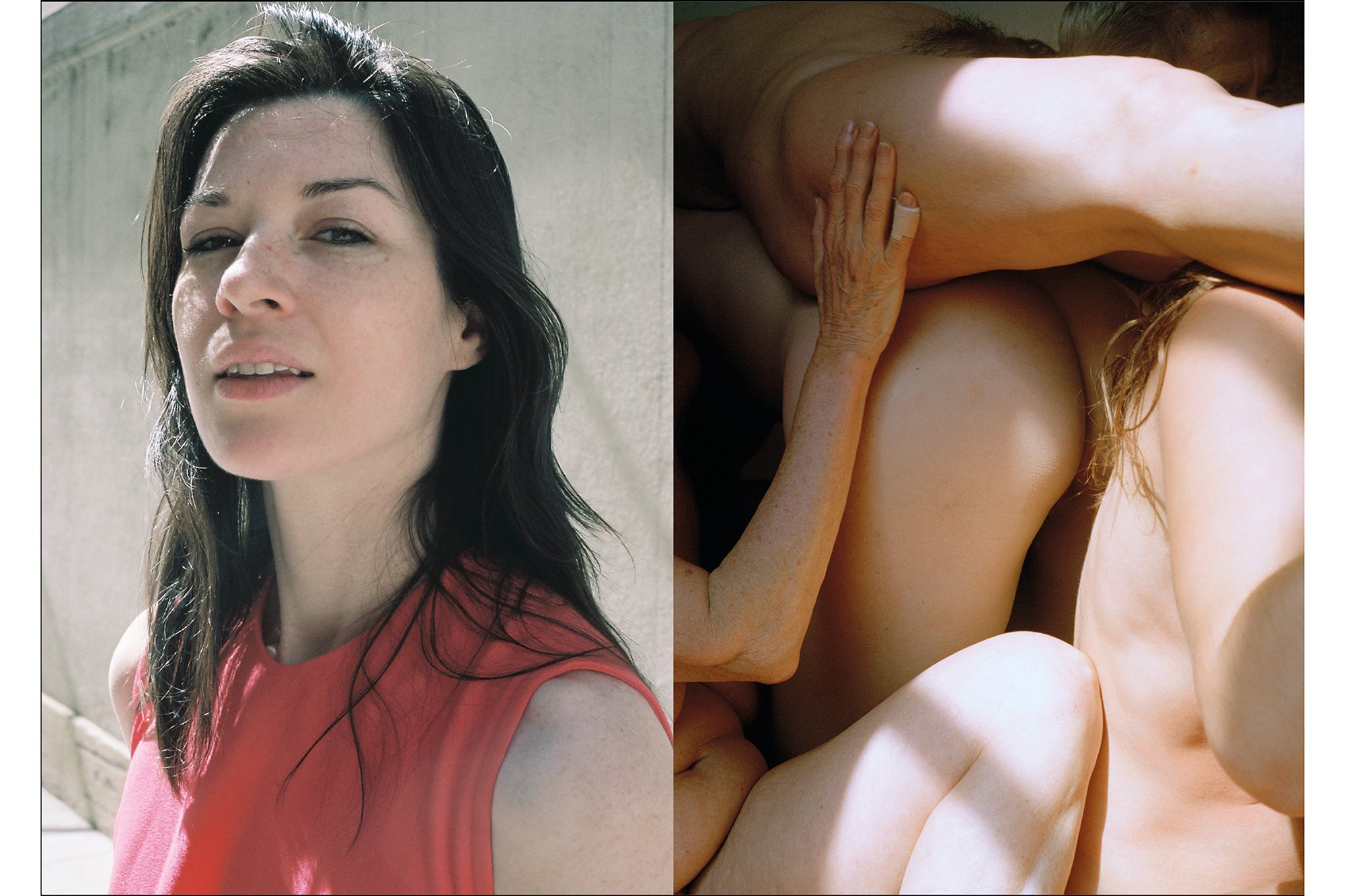
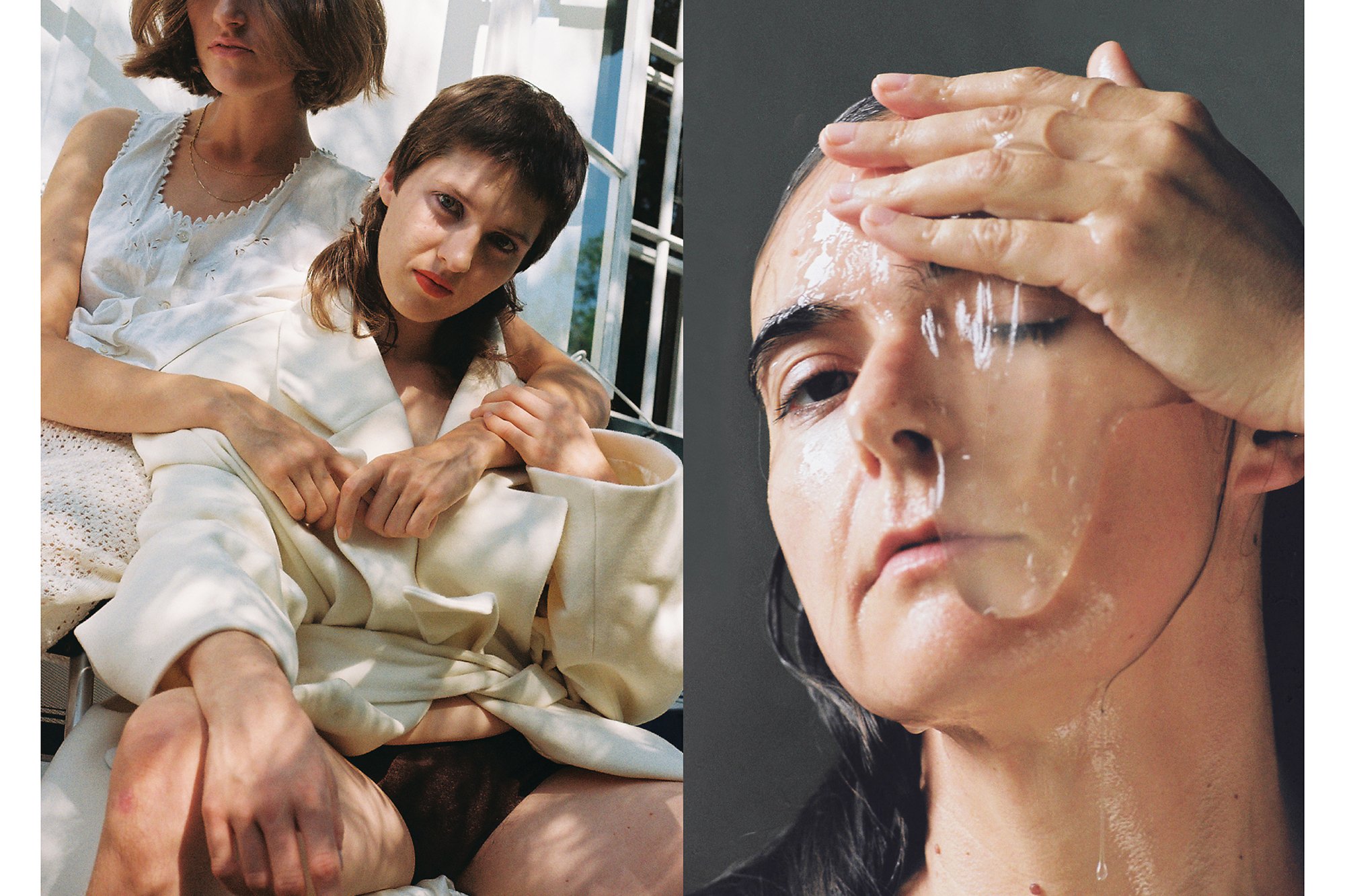
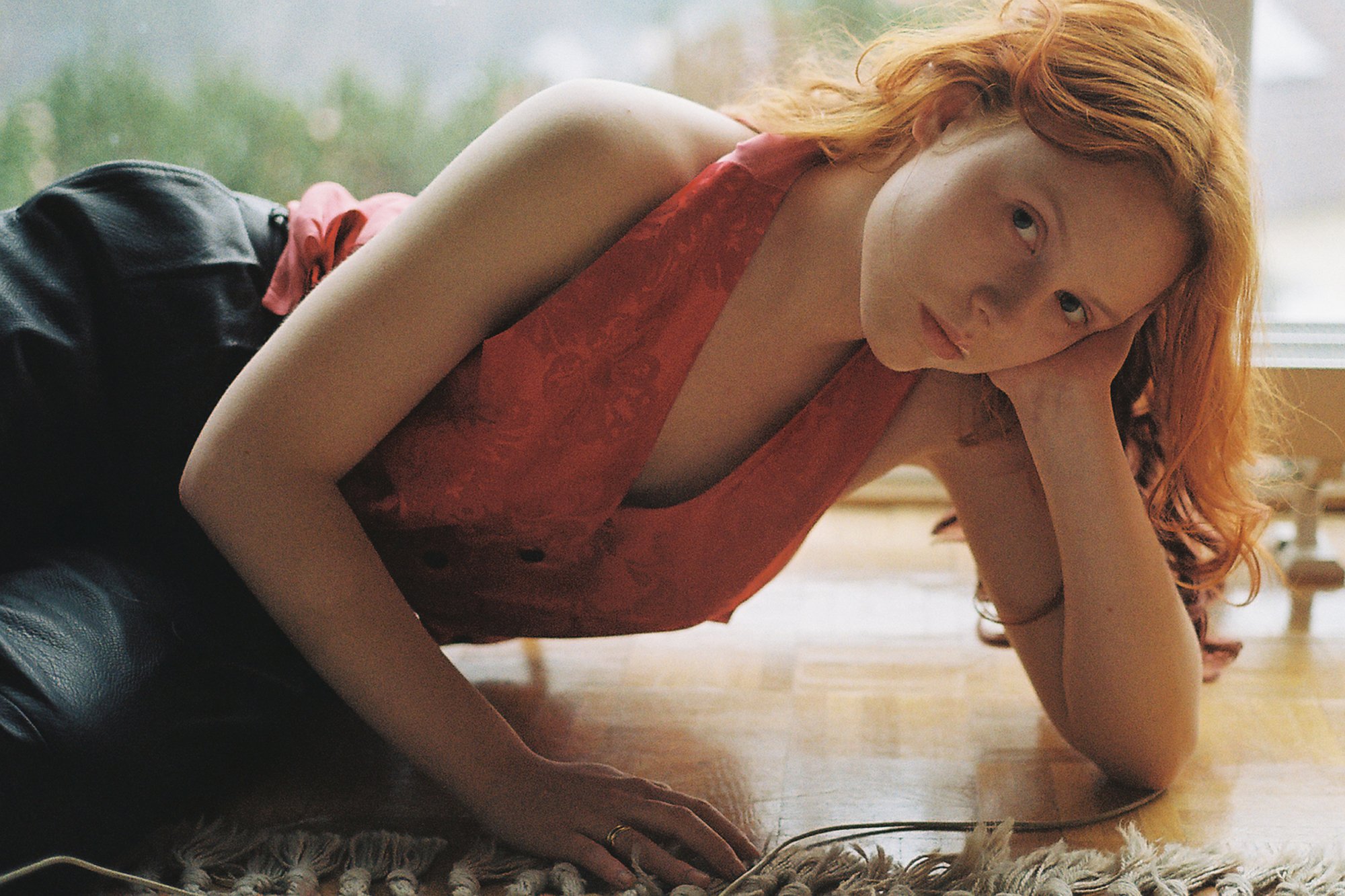
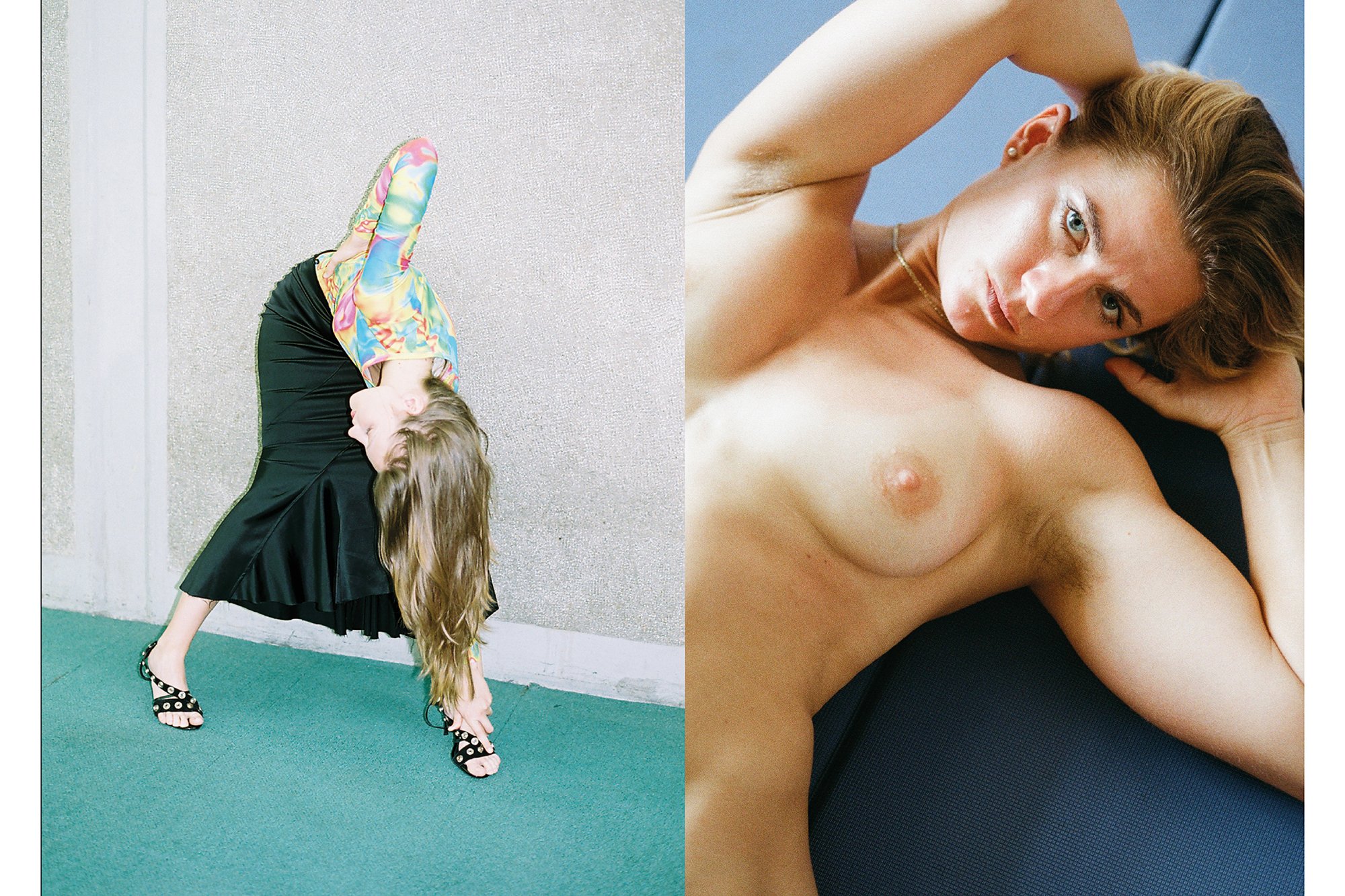
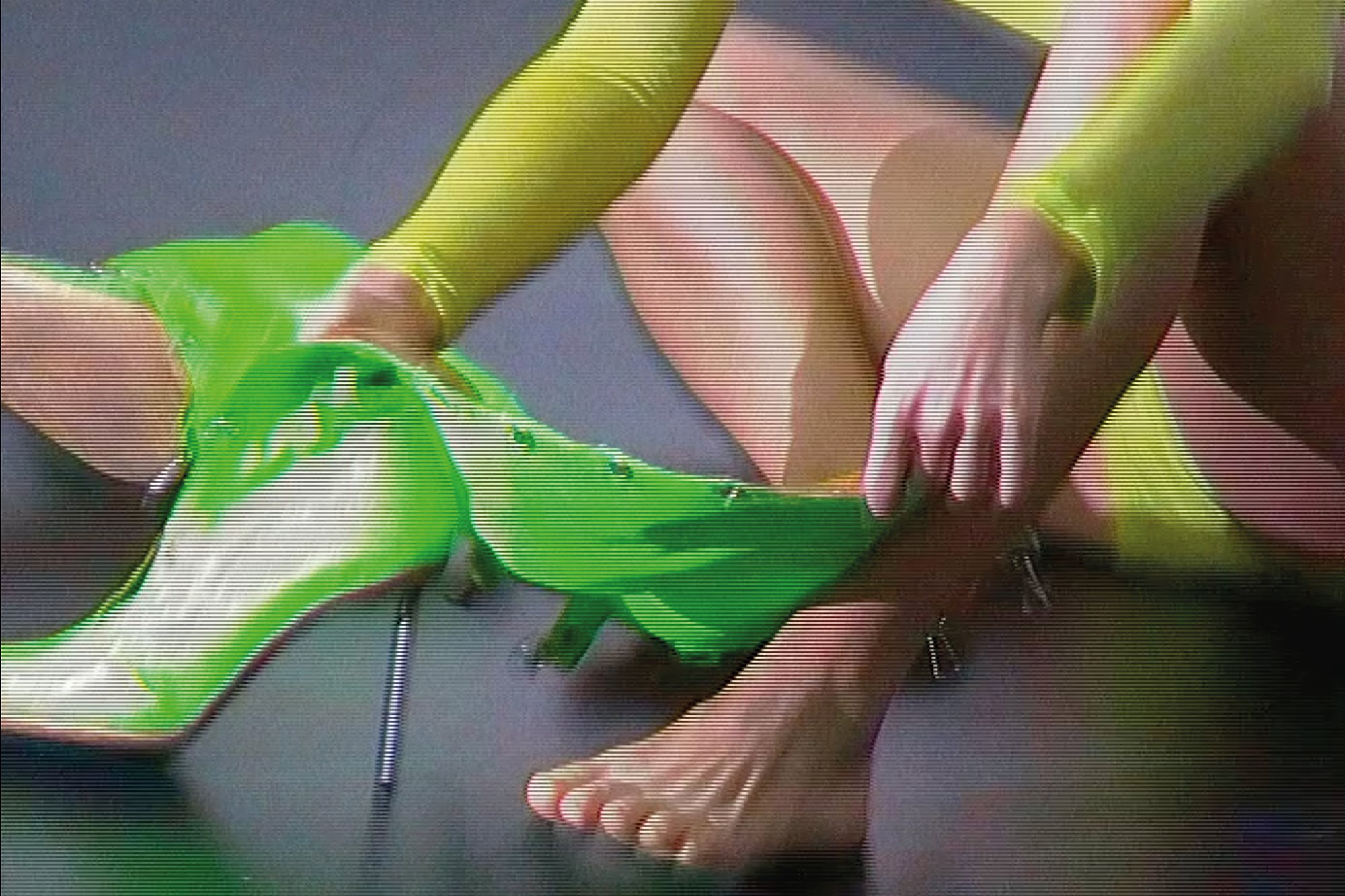
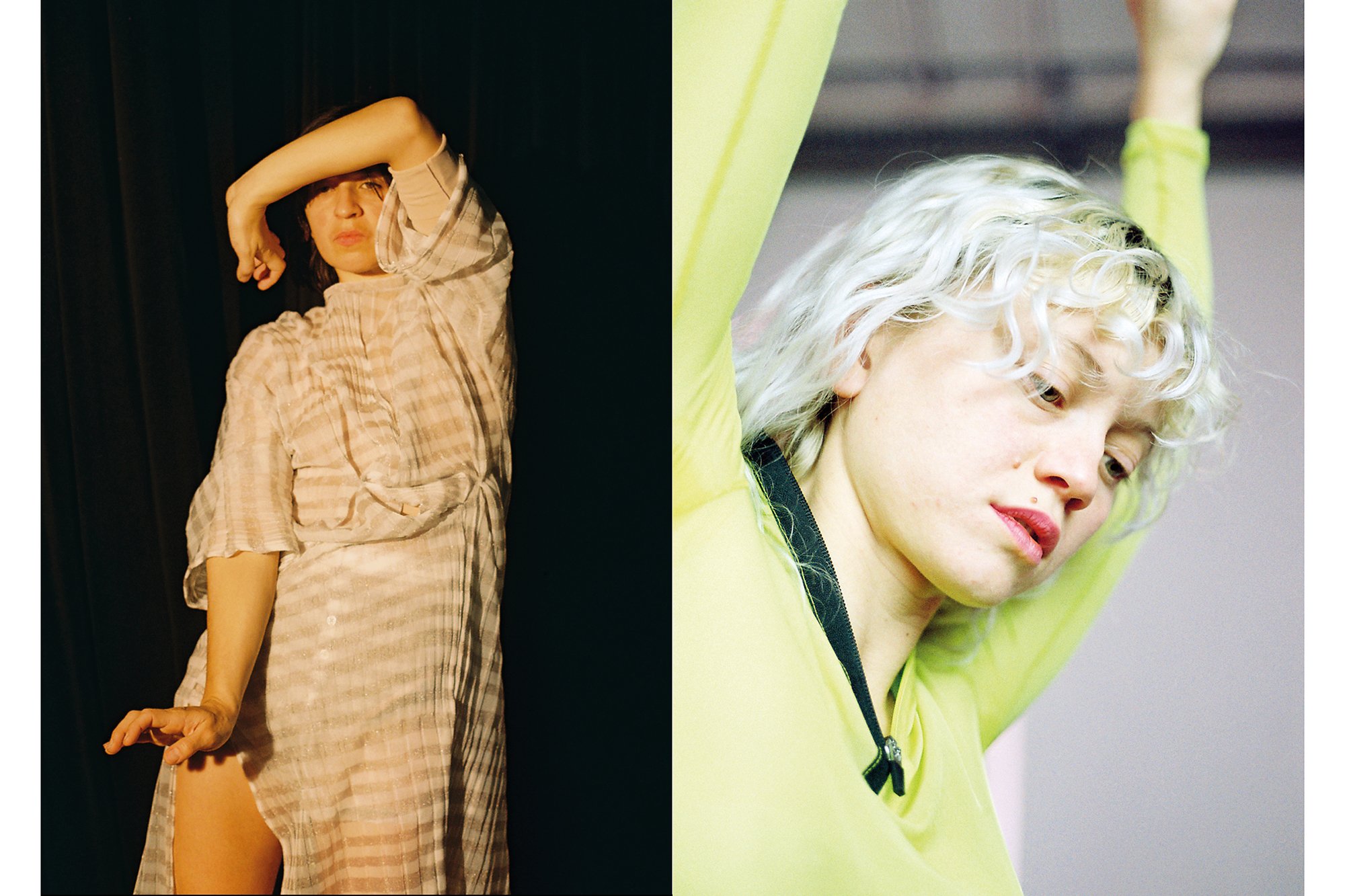
Do you have any specific routine when working with models and how does your relationship with them look like during the shooting?
My job is to photograph both, the people who are used to be photographed, and those who are not so used to this. In any case, it is a very delicate situation, always intimate, no matter how many people are around, no matter how much it is staged or not. It is always staged, and it is always intimate. People like that I give them instructions, they like to be told what to do, they are all in my hands, it is me who has the control over their image. It is my job to handle this pressure of expectation that what others will see in the image is how they want to be seen. That is so intimate. That is where trust is being expected.
But, I think, there is no truth in photography. It is too simplistic to expect an image to stand for whole complexity of a person. It is a terrible terror of the image, to reduce us. We are all so much more and this cannot be captured. This I know, and I feel it is my job to make the people who I photograph feel safe with this idea too. Therefore, I stay quite silent. I let them be, not themselves, as I don't believe they could, in such constructed situation, be themselves. I invite them be their only possible self, belonging to this situation. And I watch. It is beautiful when awkwardness unrolls into this kind of closeness. And there, I believe, the trust is actually built.









